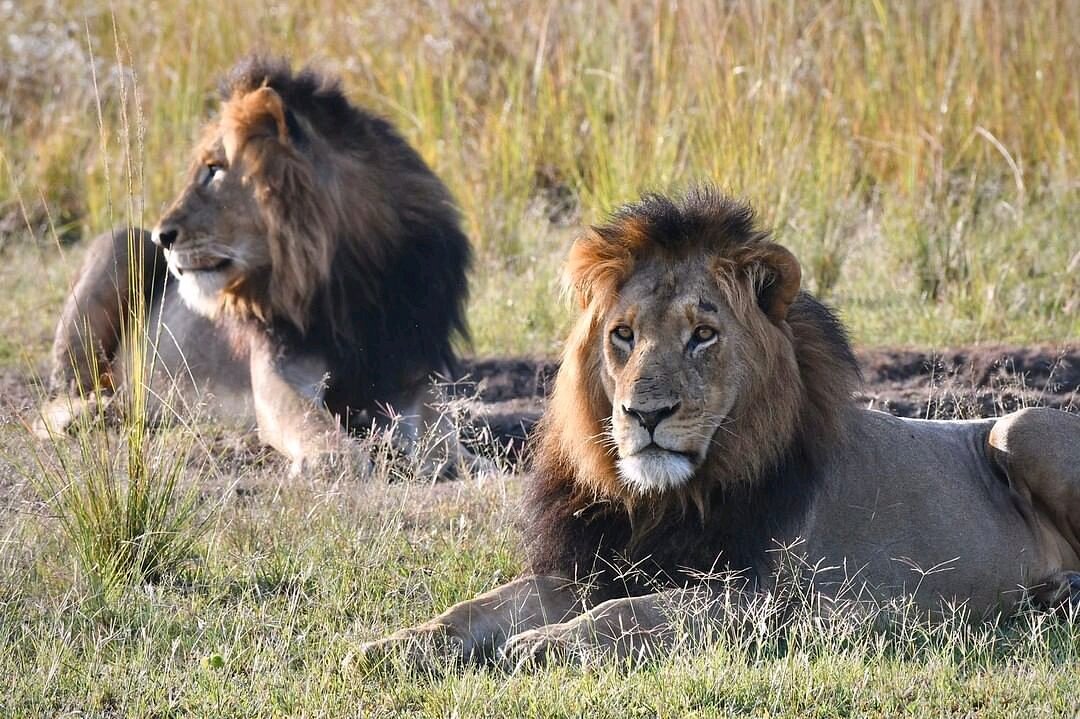Facts/History Of Akagera national Park.
Akagera National Park lies in eastern Rwanda, forming an international border with Tanzania. The park is made up of woodland, swamps, low mountains and Savannah. The differing terrain is a home to wildlife including zebras, giraffes, elephants, lions and several bird species, like the rare shoebill stork. In the southern part of Akagera National Park, is the Wide Lake Ihema, which shelters hippos and crocodiles.

What You Should Know About AKagera National Park (Facts & History)?
A beautiful Story about Akagera National Park’s Restoration
- Akagera National Park now covers a total area of 1122 sq Km, from the former 2500 sq km before it reduced by 50% as a result of the 1994 genocide. The wide expanse is made up of Montane forest, savannah, woodland, marsh and swamps. This makes it the Largest National Park, among other parks.
- Initially, Akagera National Park was established by a Belgian colonial government to shelter and conserve numerous species of wildlife wandering in the park. Akagera National Park was named after River Akagera which flows through the Park, yet it also has about 10 lakes.
- The park sits between 2 districts of Kayonza & Nyagatare in the North Eastern Rwanda.
- Akagera National Park has two gates, with the entrance located in the southern part of the park in Kayonza District, and the exit to the northern section of the park in Nyagatare district.
- The park is managed by the Akagera Management Company, that was put in place after an agreement signed between African Parks & Rwanda Development Board.
- Akagera National Park, is Rwanda’s Savanna Wildlife safari park, protecting all the Big Five (5) wild animals, although it was formerly inhabited by a large number of Wild dogs during when it was called ‘Parc aux Lycanos’.
- Black Rhinos from a Tanzania game reserve, and Maasai Giraffes from Kenya were introduced into the park in 1957 and 1986 respectively. By 1970, more than 50 black Rhinos were spotted wandering within Akagera National Park Grasslands, but were later killed to the point of extinction in 2007, while the giraffe population has continuously increased over the years.
- The 1994 genocide in Rwanda led to the destruction of the park including the killing of most wild animals, which led to a loss of up to 50% of the Park to the Refugees, who later also encroached the Park, and killed the remaining Lions, wild dogs and the rhinos.
- Akagera National Park later revived in 2009, when the Rwanda Development board along with African Parks signed joint agreement to protect & conserve the park. Then in 2010, the two bodies formed Akagera Management Company to run the park. This led to the current re-introduction of Lions into the park, after the passed years of extinction, which has now ,increased to about 25 individuals
- A hope for Akagera National Park occurred when 18 black Rhinos from South Africa, were introduced into the park in 2017, plus another 5 from distinct European zoos.
- The population of Wildlife in the park then increased to 8000 in 2018 from 2010’s 4000 population.
- An anti-poaching programmed has been established in Akagera National Park and has been comprehensively trained to solve illegal poaching issues in the national park.
- A solar powered predator-proof fence measuring about 12 sq km has been put in place to protect the wildlife from intruders, as well as denying them access into the Akagera National Park plus also preventing human-wildlife conflicts.
- The park also is an aerial surveillance of the National Park as well as the animals by a helicopter.
- Since then, the overtime improvement has, has led to a stable sustainability of Akagera National Park, hence almost 50000 travelers visit the Park.
- The park now hosts over 550 species of birds and more than 100 African Bush Elephants. The national park is a haven for wildlife safaris in Rwanda. The activities offered in the park include; game drives, guided nature walks, boat trips, fishing, camping, behind the scenes tour, walk the line, community cultural tours, and birding. Not forgetting the lodges range of lodges (budget, mid-range, luxury) including; Akagera Game Lodge, Magashi Safari Camp, Ruzizi Tented Camp and Karenge Bush Camp.